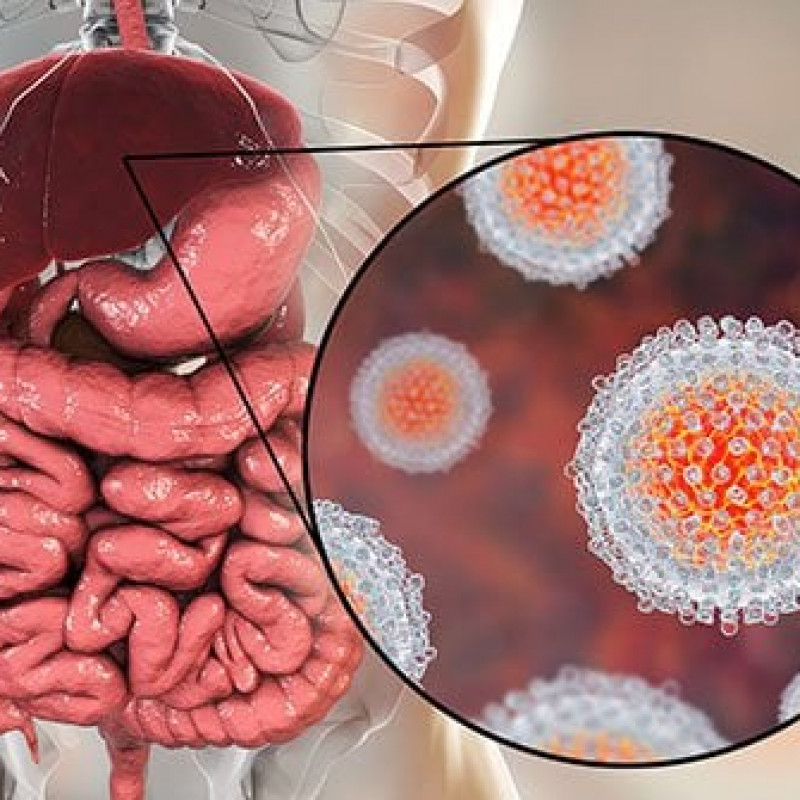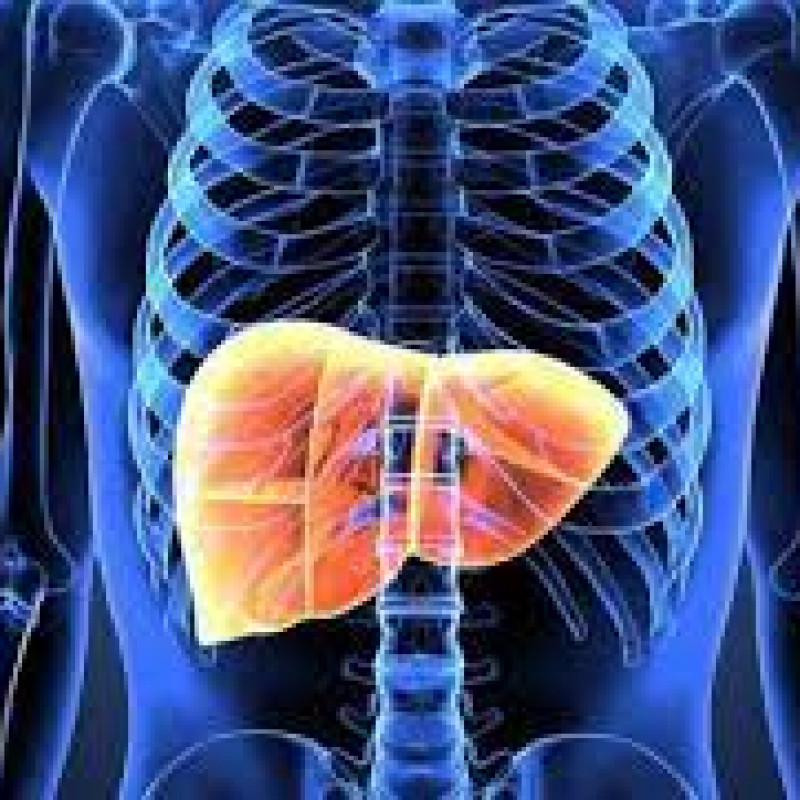



Hepatitis C is a virus that can infect and damage the liver. You can become infected with hepatitis C if you encounter the blood of an infected person. The most widespread screening test for hepatitis C is a blood test for antibodies to the virus. A positive test, which should always be confirmed by testing a second blood sample, indicates whether a person has been infected with hepatitis C, but it does not distinguish between previously resolved or current infection.
Clinical Manifestations:
Long-term infection with the hepatitis C virus is known as chronic hepatitis C. Chronic hepatitis C is usually a "silent" infection for many years, until the virus damages the liver enough to cause the signs and symptoms of liver disease.
Signs and symptoms include:
Every chronic hepatitis C infection starts with an acute phase. Acute hepatitis C usually goes undiagnosed because it rarely causes symptoms. When signs and symptoms are present, they may include jaundice, along with fatigue, nausea, fever and muscle aches. Acute symptoms appear one to three months after exposure to the virus and last two weeks to three months.
Acute hepatitis C infection doesn't always become chronic. Some people clear HCV from their bodies after the acute phase, an outcome known as spontaneous viral clearance. In studies of people diagnosed with acute HCV, rates of spontaneous viral clearance have varied from 15% to 25%. Acute hepatitis C also responds well to antiviral therapy.
Risk Factors
People more likely to be infected with hepatitis C include:
Complications
Without treatment, hepatitis C may lead to cirrhosis, liver failure, and liver cancer. Early diagnosis and treatment of hepatitis C can prevent these complications. Cirrhosis is a condition in which the liver slowly breaks down and is unable to function normally.